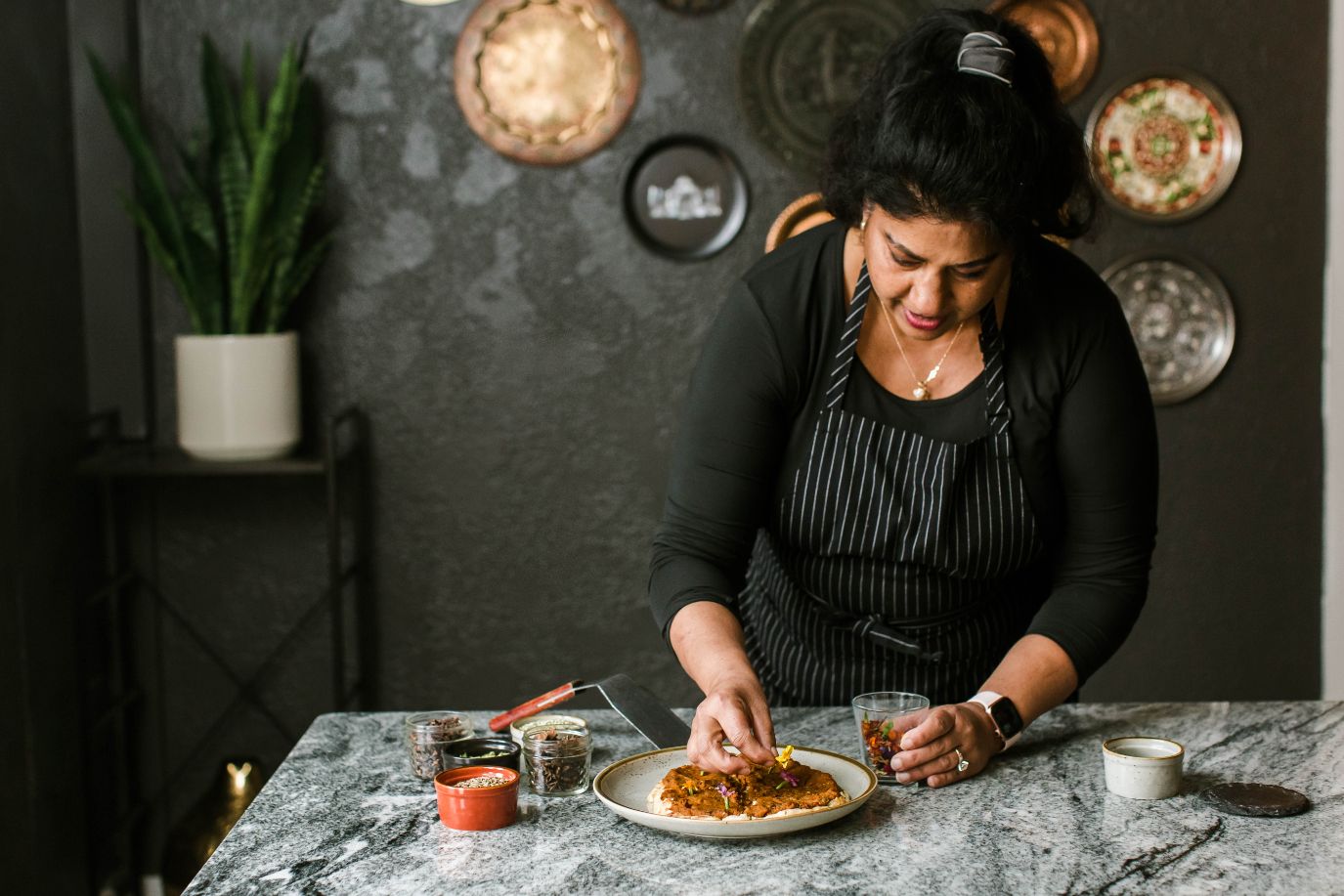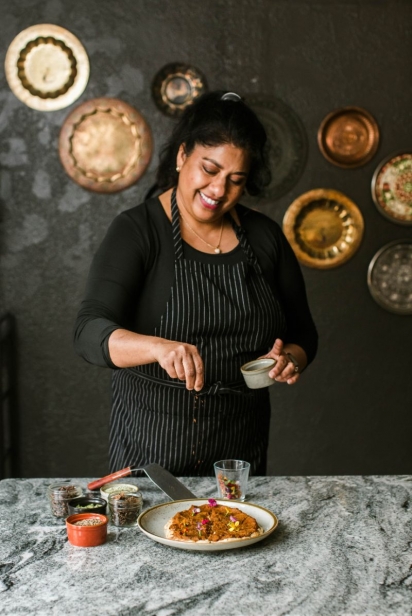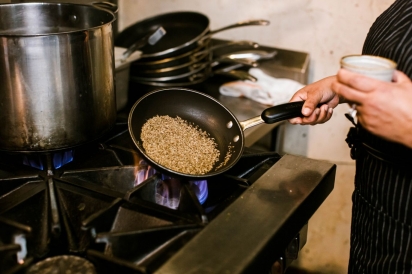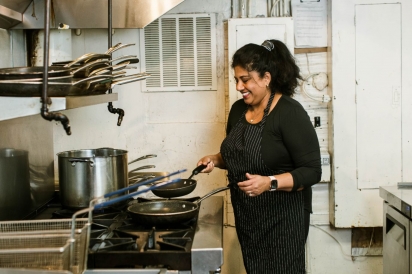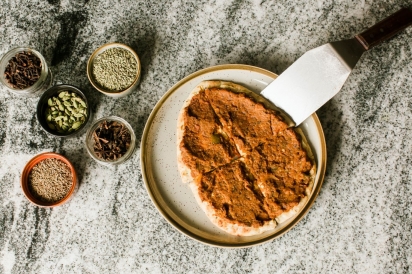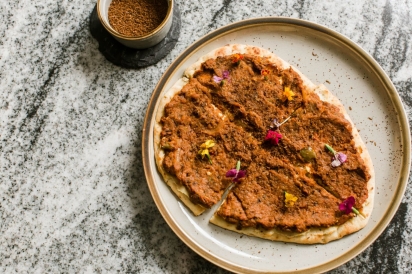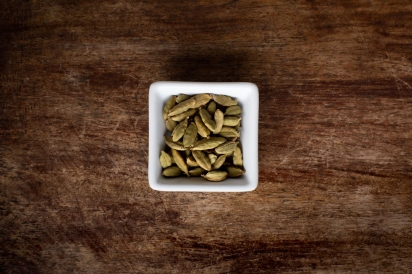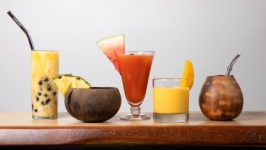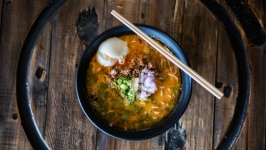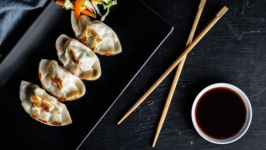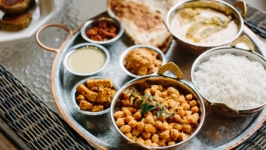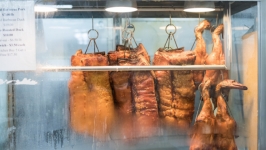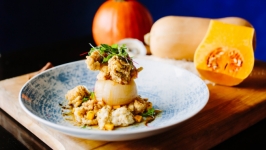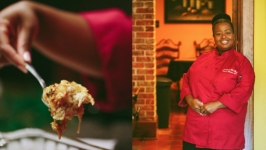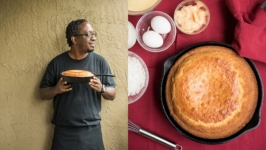Spices Add a Taste of Home to the Plate
The word “spice” brings a variety of associations to mind: heat level, the aromatic smells of food, a pungent flavor in recipes from around the world. For many people, spices are a reminder of home, wherever that may be. For those who have relocated from a homeland outside of the United States, spices play a key role in connecting them to the culture of their native country.
“Spices are lockboxes of our memory,” says Punita Patel, who uses many traditional Indian seasonings such as fenugreek and asafoetida in the products she makes at her small-batch dairy, Backyard Buffalo. The smell of roasting cardamom and cumin takes her back to Manek Chowk in India, where she can still see the market stalls, smell the familiar foods and “hear the calls of the vendors and the bids of the hawkers.”
Saji George is the founder of the South Indian restaurant Mesa in the Fairfield neighborhood of Jacksonville. When she and her husband moved from India's Malabar Coast and started their family in Jacksonville, they adapted their cooking for their children. She wanted to keep the flavors of India while also catering to her children’s desire for burgers, fries and other traditionally American dishes. “I just added our spices to make them ‘ours’,” she said. That blended cuisine was the beginning of her restaurant. The aroma of cardamom takes George back to her Ammachi’s (grandmother’s) kitchen where she’d wake to the smell of cardamom-infused coconut jaggery pancakes and kozhukatta (rice flour dumplings with sweet or savory fillings).
Though George is able to find most of the spices used at her restaurant, she has found that they are nothing like the spices in India. There is such a difference that when she and her family travel back to India, they bring back a suitcase full of spices. They also grow their own curry leaves for their restaurant. “The spices from India are more potent and aromatic which lends itself to more complex dishes and spice blends,” said George.
Seeking the flavors of the homeland is a common theme among many food entrepreneurs serving global flavors. Nipa Premsuk and Reda Tahiri launched The Hungry Owl Thai food truck from “a desire to eat the food we grew up with that we had a hard time finding in Jacksonville,” says Premsuk. “Spice is ‘experience’ to us. Every smell and taste of rhizomes, galangal, turmeric, ginger, Asian garlic, Thai/Indonesian chilies, kaprao basil and kaffir lime leaves brings back memories”, they said.
Cooks are drawn to the familiar, and ties to home are especially strong. We play with and add things that remind us of a place where we no longer live, and they inevitably infuse the food of the place we currently inhabit. Something creative happens in that process. Backyard Buffalo began with the desire for “a good cup of tea,” says Patel. For the owners of Mesa, it came from the desire to stay connected to their roots while feeding their family. For Premsuk and Tahiri, they simply wanted “to share the flavors of home with their community.” Though a single spice might be simple plant matter, its effects and use in cooking can be incredibly complex. As Patel says, “spice is the maitre’d of food, the master of the house and through it, we connect to home.”


